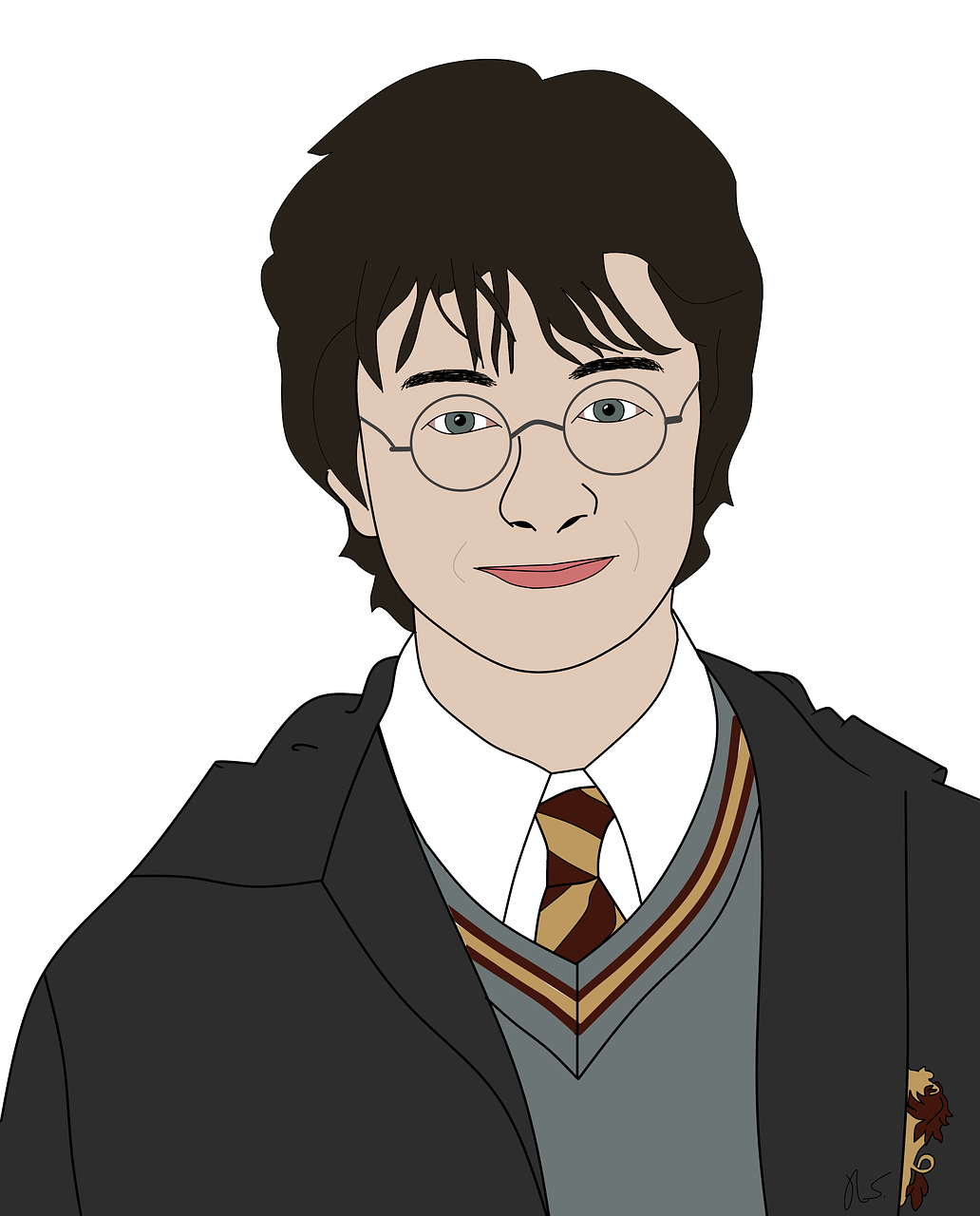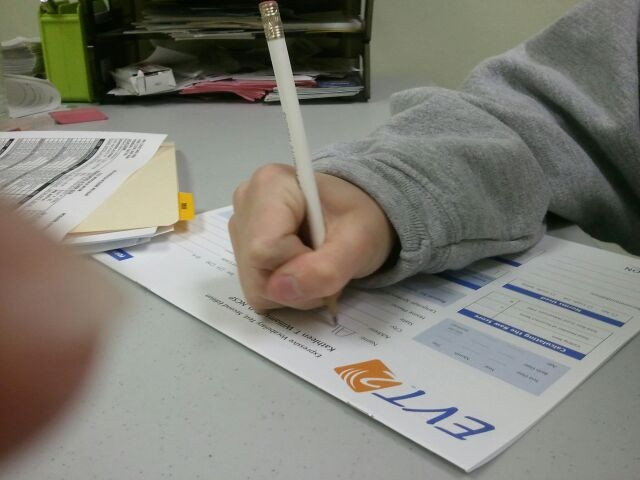

HOW DYSPRAXIA AFFECTED HARRY POTTER
Did you know that Harry Potter had problems tying his shoes and with his handwriting? Well, not actually Harry, but the actor Daniel Radcliffe, who played Harry. His difficulties caused him to be klutzy or clumsy. He is mildly affected by dyspraxia, also known as developmental coordination disorder (DCD). Of course, the movie makers would not focus on the actors' difficulties since Harry was the hero and could use magic to bypass his problems. Even in sports, he didn't have to run but instead used his magic broom.
Dyspraxia is a Latin word consisting of two parts: dys – difficulty and praxia – action or coordinated motor movements. The delay in the motor neurons' development affects the planning and action of motor movement. Some people have such severe issues with motor planning that it is called apraxia.
The muscles are divided into the gross and fine motor. Gross motor muscles are large muscle movements like legs or arms. Fine motor movements are the tongue, fingers, and toes. Dyspraxia can affect only the gross motor muscles, so arms, legs, and larger mouth muscles, or the smaller muscles of the mouth, called oral/motor dyspraxia.
One child in ten, more in boys than girls, is estimated to have dyspraxia. It can range from mild to severe, but the medical community is unsure why some children are severe and others are mild. They know that there are some risk factors for a child diagnosed with dyspraxia or (DCD). These include:
- Being a male (it is 4-5X more common in boys than girls)
- Being small for gestational age
- Being born prematurely or with a low birth weight
- Genetics or a history of DCD in the family
- Possible – drug and/or alcohol use in the mother during pregnancy
Children are often not identified as having DCD until they show a delay in the learning and coordination of motor skills compared to other children their age. Examples based on developmental periods include:
- EARLY CHILDHOOD –
- Sit
- Crawl
- Walk
- Speak
- Say words clearly
- Stand
- Become potty-trained
- PRESCHOOL AND SCHOOL –
- Learn how to get dressed
- Put on clothes
- Use buttons
- Tie shoes
- Handle eating utensils
- Handle pencils, scissors, and other tools
- Learn how to skip, jump rope, or kick a ball
- Learn to ride a bike
- Play group games on the playground or in the gym
- Put together jigsaw puzzles
- Write -
- handwriting and
- putting ideas on paper in an organized manner
DCD can also affect other areas of your child's life due to the longer time needed to process what is required and be able to activate the necessary muscles. One problem is the mental fatigue that your child will experience. This fatigue makes him look distracted, lazy, and forgetful. Frustration from your and his teachers' misunderstanding of what is happening can lead to behavior problems.
These same issues make it more difficult for your child to get along socially with his classmates. Your child will find it challenging to participate in games with motor movements, such as throwing a ball, running, kicking a ball, or even playing tag. He will find it difficult to remember the directions and order of movements to do an action, like jumping with a rope or skipping. He could be accused of intentionally making his peers lose if playing a game with teams.
If you are concerned that your child has DCD/dyspraxia, you could find a developmental and behavioral pediatrician to evaluate your child. Or you could get your child's doctor to refer you to an Occupational Therapist, who will assess gross and fine motor skills for tone, strength, and ability to learn new motor steps.
An example of what your child may be asked to do, depending on his age, is to catch a tennis ball. He may also be asked to toss the ball to the floor and catch it as it bounces back up. He may be asked to do the same by bouncing the ball against a wall. He will be asked to do many other actions to find all the areas where his skills are lacking. From there, a therapy plan is developed. He will see the OT but needs you to practice the same skills with him at home. It will not be a quick process since many brain-based steps must be mastered so his muscles will work the way they should.
You can buy products to help him with different skills, such as handwriting/spelling, fine motor skills like buttoning, tying, and zipping, as well as strengthening his hand muscle strength. Here are some examples. These are affiliate links, meaning that if you purchase any products through this link, the website will earn a small commission. This commission will help with the cost of maintaining and growing this site.
Low Vision Writing Paper – Bold Lines
Handwriting and Printing Workbook
Basic Life Skills Dressing Boards
If you are interested in an in-depth look at three factors of children and adolescents that can create positive or negative futures, check out my program, Developing a Calm Classroom.

